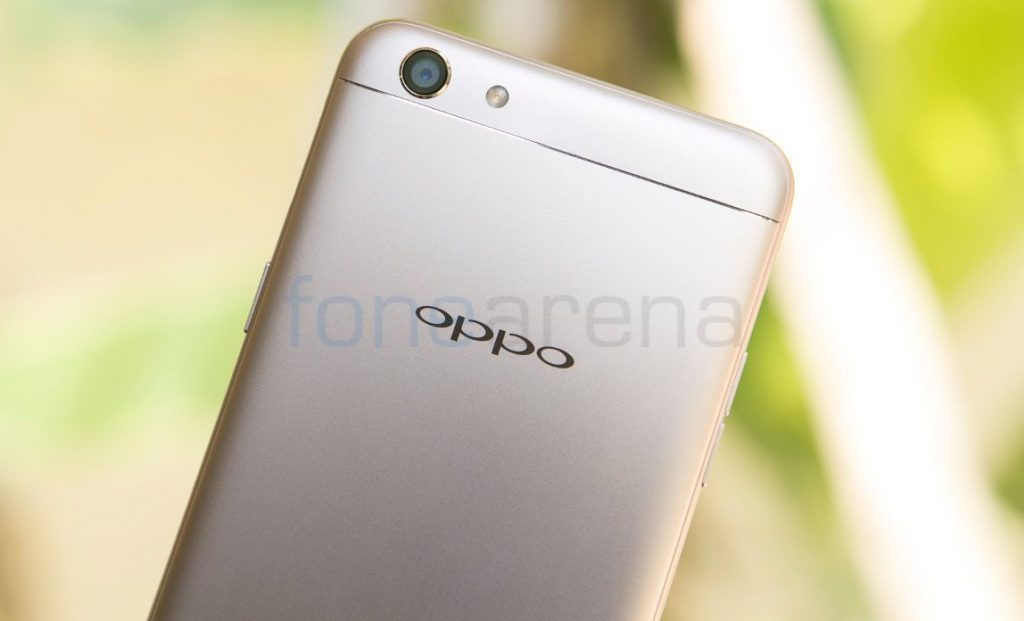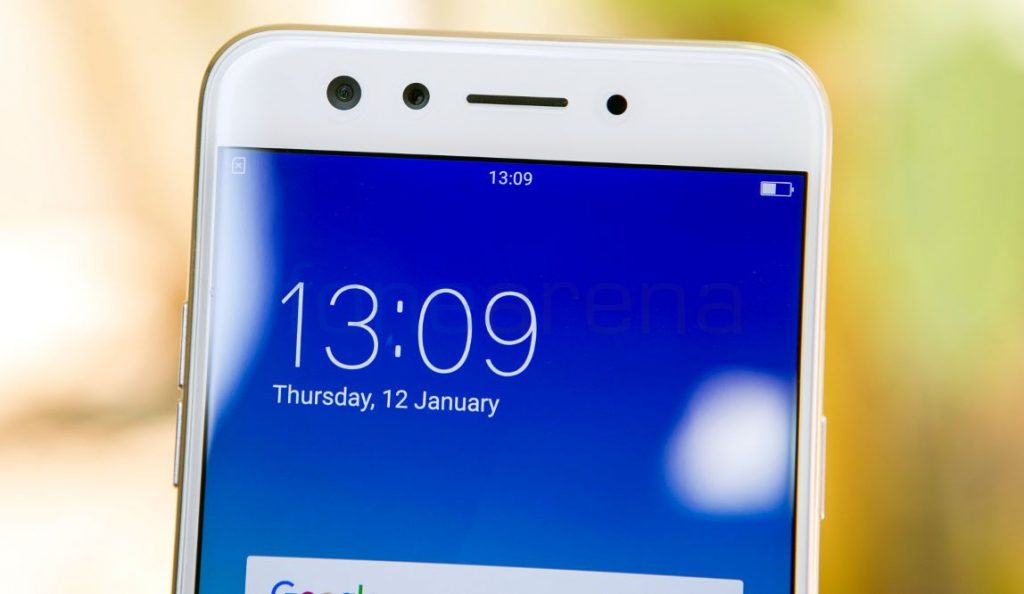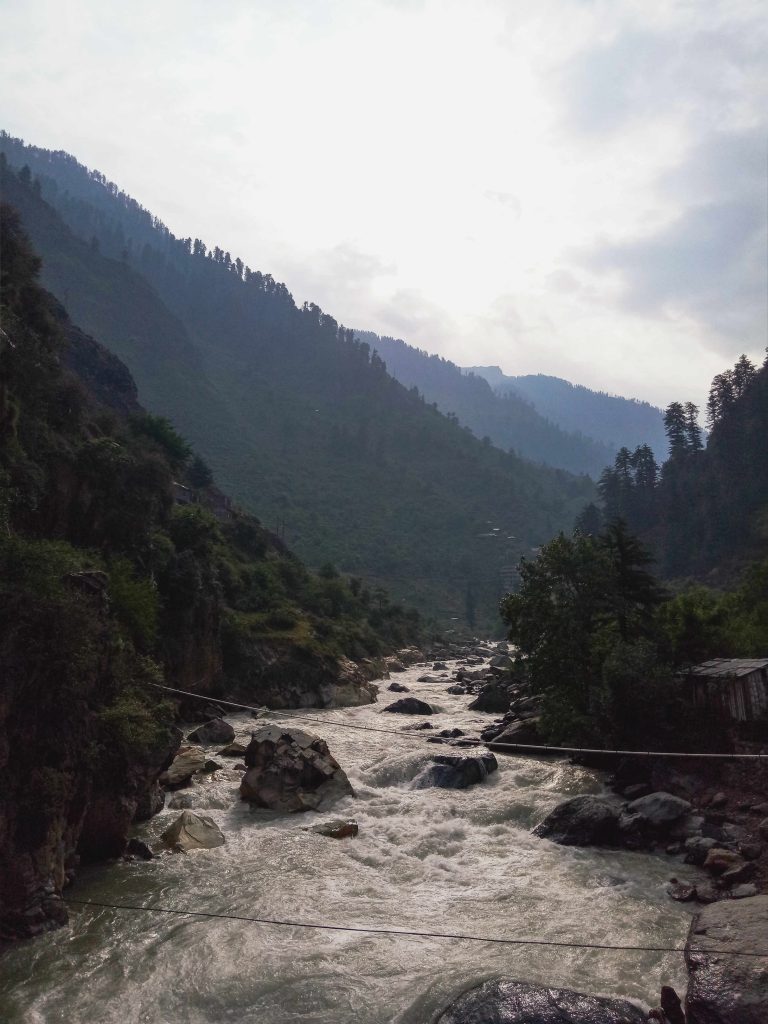

“Devbhoomi” Himachal Pradesh is one of the unique states in India where the land is entirely mountainous, hence rightly called “the land of gods”. To capture this experience, everyone takes their best cameras here. I did the same and took the best I had with me, the OPPO F3. Here are some samples.


Before checking out the camera samples, let us check out the camera specifications. The OPPO F3 has the same 16-megapixel front-facing camera with 1/3.1-inch sensor and f/2.0 aperture along with an 8-megapixel secondary front camera with 120-degree wide-angle lens for capturing better group selfies that is present on the F3 Plus. It also has a 13-megapixel rear camera with dual-tone LED flash, PDAF, 1/3-inch sensor, 1.12um pixel size and f/2.2 aperture.
Check out the samples (Click the image to view full resolution samples).
The photo, taken in the morning, demanded a very high dynamic range, so I used the phone’s in-built HDR mode to capture details both in the shadows as well as the highlights.
This photo was again, taken using the HDR mode, which made the colors pop, just like how it was.
This photo demonstrates the range of light and colors that can be captured with the Oppo F3.
Snow-capped mountains start revealing themselves at this altitude. Here is where the Oppo F3’s panorama and Ultra HD modes come in handy. The photo above was captured with the Ultra HD mode, and that’s why it looks so detailed. This mode captures the maximum amount of quality possible, using software techniques. The result you get is something you can blow up to a print and keep forever.
This photo captures the entire sunset of the valley and the mountains that we saw in the last photo, all from meadows that reflect the sun.
This is a vertical panorama that captures a different view of the scene. This panorama tries to capture the contrast between the two and the vertical panorama option is a boon. Not only that, I found locking the exposure to my desired value made it easier as panoramas tend to mix up different exposures. Nothing like that here and the stitching is flawless.
Here’s another panorama where the dynamic range of the camera is at play. The big 13-megapixel sensor is ideal for capturing the Himalayas, where light and shadows are usually harsh on smartphone cameras.
This photo is of one of the homestay’s fencing, which is made from sticks found nearby. The light reflecting off the fence is of the sunset afar, so you can imagine how less the light would have been. The large aperture of the lens, while creating some beautiful bokeh captured a lot of light in this very low light scene, at around 7 p.m.
However, I pushed it further. This photo was much later, in a small shop in the village. A nice orange glow contrasts with the intense blue of the rest of the scene.
Summer sunsets in the valley are really long and take a long time to stop. This is the time when most smartphone cameras start failing. I wanted to see what I could get, and this was what I could. I took this picture in the Ultra HD mode, knowing I would have more detail to capture.
Sometimes, we forget that we are actually there experiencing the beauty of the Himalayas. For those moments, you have the beautiful front facing cameras capturing you, everything and everyone around you, with detail that is on par with rear facing cameras.
The Himalayas are magnificent and huge, but also daunting. So the best camera here is one that can capture the whole experience. The whole includes many parts, the ones that transport you back to your travels. Like a GIF could make you sense the wind, an incredibly detailed scene could literally take you there, and a wide view of the scene makes you realize the beauty around you.
Images by Bharadwaj

